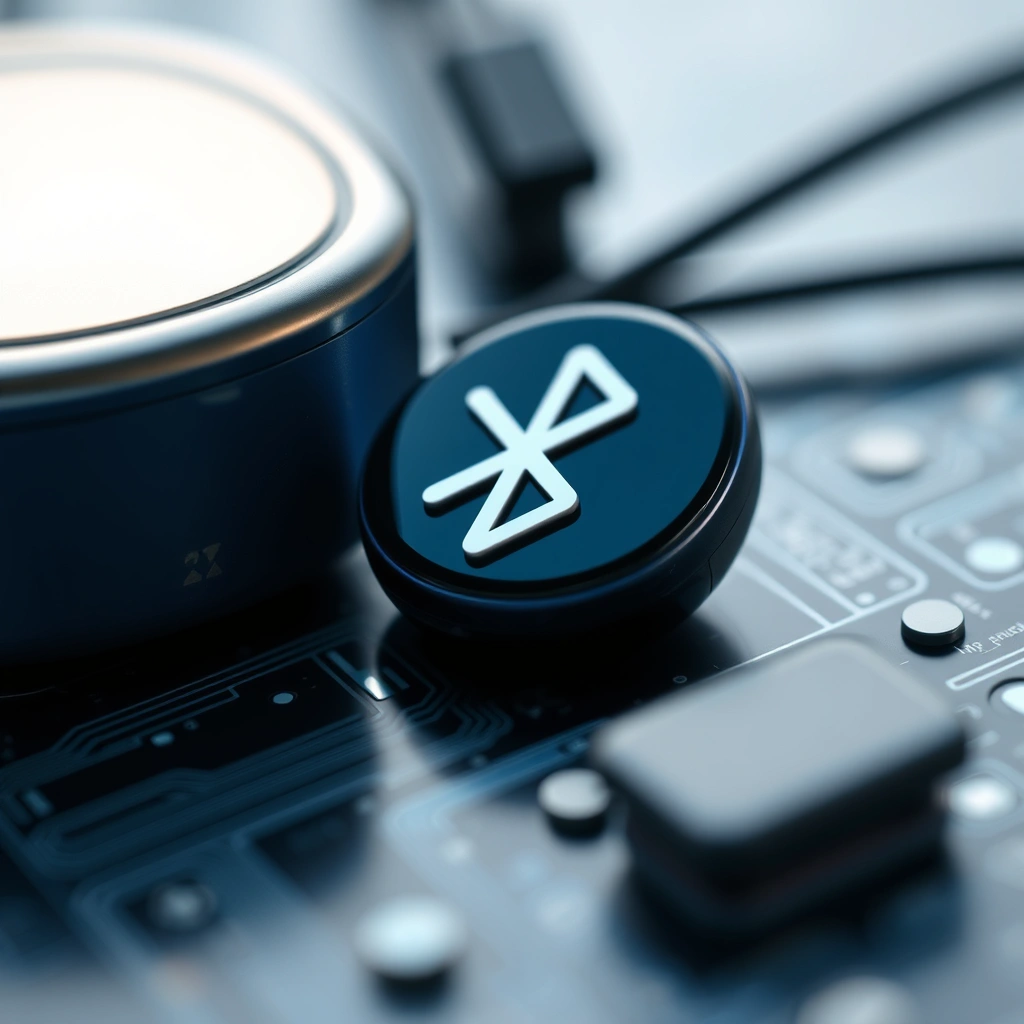The Quantum Leap: How Far Smartphones Have Come
Today, it’s easy to take the power in your pocket for granted. But here’s a mind-blowing tech fact: the average smartphone in your hand is vastly superior to the very best supercomputers of the 1990s. That means the tiny device you use for texting, streaming, maps, and selfies daily outguns the room-sized machines of just thirty years ago. Let’s break down how we got here—and just how radical this shift truly is.
The Rise of Supercomputers in the 1990s
What Made a Supercomputer “Super” Back Then?
In the 1990s, supercomputers were the crowning jewels of scientific research, government programs, and corporate innovation. These machines tackled problems that normal PCs couldn’t dream of handling—simulating nuclear reactions, modeling complex weather patterns, and breaking encryption codes. Some renowned examples include the Cray T3E and the IBM ASCI Red.
– Supercomputers were massive, often filling entire rooms with racks of processors and complex cooling systems.
– Their price tags soared, sometimes into the hundreds of millions of dollars.
– These giants required teams of physicists, engineers, and software developers to run and maintain them.
1990s Tech Fact: Performance Numbers
In terms of sheer power, let’s look at the numbers. The world’s fastest supercomputer in 1996, the ASCI Red, could crunch through about 1.8 teraflops (trillions of calculations per second) at peak performance. This, at the time, was jaw-dropping—and moved humanity forward in countless ways.
But here’s a shocking tech fact: the latest flagship smartphones easily hit, and often exceed, similar performance in their compact, battery-powered chips.
Unpacking Your Smartphone’s Modern Power
The Evolution of Mobile Processors
Fast forward to today, and smartphones like the latest iPhone Pro and high-end Androids run on processors such as Apple’s A17 Pro or Qualcomm’s Snapdragon 8 Gen 3. These chips are manufactured with cutting-edge 3-5 nanometer technology, packing billions of transistors into spaces smaller than a fingernail.
– Apple A17 Pro: Estimated peak performance at around 30-35 teraflops for neural engine tasks.
– Snapdragon 8 Gen 3: Delivers desktop-class computing and graphics from a device that fits in your palm.
Not only do these computer chips reach or exceed the power of a 1990s supercomputer, but they also consume just a fraction of the energy.
Advantages Beyond Raw Speed
It’s not just about speed. Modern smartphones integrate:
– High-resolution displays,
– Multi-lens AI-powered cameras,
– Advanced wireless connectivity (5G, WiFi 6E),
– Dedicated cryptographic and neural processing units,
– Gigabytes of RAM and terabytes of storage.
All of this is integrated, multitasking, and running on something slim enough to slide into your jeans pocket.
The Cost Revolution and Accessibility Boom
From Multimillion-Dollar Labs to Mass Market
One of the most remarkable tech facts is in affordability and accessibility. The world’s fastest machines—in the ’90s—were available to only a few organizations. Now, more than 4 billion people globally own smartphones: a scale never imaginable for supercomputers.
– 1990s supercomputers: Cost upwards of $100 million, exclusive to governments or elite research institutions.
– Modern smartphones: Entry models available for under $100, with most flagship models costing a few thousand dollars at most.
Thanks to the explosive pace of technological advancement, today’s average consumer has access to tools more powerful than the best-funded scientists of previous generations.
The Democratization of Computing Power
Another fascinating aspect of this tech fact is how universal the benefits are. People in developing regions now use smartphones for:
– Online banking and digital payments
– Access to global news and education
– Telemedicine and remote healthcare
– Disaster response and crisis communication
Products like Google’s Android Go or Apple’s global iPhone initiatives have ensured that powerful computing isn’t just for the privileged few but increasingly universal. This creates opportunities—economic mobility, education, entrepreneurship—that were unimaginable in the 1990s.
Comparing Capabilities: Then vs. Now
Raw Processing: Numbers Don’t Lie
To truly appreciate the tech fact of mobile supremacy, let’s compare:
– 1997’s ASCI Red: ~1.8 teraflops, 1,536 Intel Pentium Pro CPUs, several megabytes of RAM per CPU, room-filling size.
– 2024 flagship smartphone: Up to 35 teraflops (AI/ML processing), single multi-core SoC, 8-16GB RAM, fits in your pocket.
Beyond normal peak calculations, smartphones can run advanced artificial intelligence workloads in real time, process 4K video, and recognize faces or voices instantly.
Everyday Functions That Outstrip ’90s Supercomputers
Consider this daily reality:
– You ask your phone to translate spoken language instantly—impossible even for supercomputers without dedicated linguists in the 1990s.
– Live navigation with real-time traffic overlays on detailed global maps—something military and scientific organizations would have marveled at.
– AI photo processing, live filters, complex augmented reality—tasks requiring supercomputer-sized compute in prior decades.
These real-world examples drive home the tech fact that your everyday tasks once required the world’s most powerful computers.
The Architecture of Progress: Innovation Driven by Demand
Miniaturization and Moore’s Law
At the heart of this tech fact is a steady march: Moore’s Law. This observation (and challenge) that processing power doubles roughly every two years has shaped the last half-century. Chipmakers like Intel, TSMC, Apple, and Samsung invest billions to fit more power into ever-smaller chips.
– 1990s: Chips etched at 500+ nanometer scale, with millions of transistors.
– Today: 3 nanometers, with over 15 billion transistors in top smartphone SoCs.
Continuous progress in lithography, design, energy efficiency, and integration means that smartphones advance faster and pack more punch with every generation.
The Role of Software and Connectivity
Part of what makes this leap a profound tech fact is software. Modern mobile operating systems—Android, iOS—make the most of hardware, optimizing every process. Layer on high-speed cloud connectivity, and your smartphone can tap into even more computational resources globally.
– Cloud computing offloads data crunching to globally distributed servers.
– AI and machine learning optimize photos, detect patterns, run smart assistants, and power new user experiences.
This means your phone is both a standalone supercomputer and a node in a vast digital ecosystem.
Real-World Impact: How This Power Shapes Lives
Everyday Magic Thanks to Supercomputer Tech
The practical benefits of this tech fact ripple through society. Today’s smartphones handle:
– Instant language translation for international travelers.
– Accessible education for remote students.
– Secure biometric authentication, protecting millions from fraud.
– Seamless streaming of HD or even 4K video anywhere, anytime.
Features that required elite hardware—or weren’t possible at all in the 1990s—are now taken for granted.
Disrupting Industries and Enabling Innovation
This computational superpower creates new economic frontiers:
– Healthcare: AI-driven diagnostics, remote patient monitoring, mobile health apps.
– Finance: Digital wallets and investing apps make finance accessible to billions.
– Art and Creativity: High-quality photography, video editing, and mobile creation tools are in every hand.
Researchers, entrepreneurs, and artists leverage their smartphones to spark projects, businesses, or social change without ever stepping into a laboratory or supercomputing center.
Quotable Tech Facts: Experts Weigh In
Repeated technology leaps evoke awe even in the world’s leading thinkers:
– “The smartphone is the signature tool of our age,” says Dr. John Hennessy, former Stanford president and Turing Award winner. “It combines an unprecedented mix of computing, sensing, and connectivity—outclassing anything built before it.”
– As Apple’s Tim Cook told the BBC, “There’s more computing power in your iPhone than NASA used to put a man on the moon.”
For another compelling dive into the impact of high-powered mobile tech, see [MIT Technology Review’s coverage](https://www.technologyreview.com/2023/09/12/1078199/smartphone-computing-power-supercomputers/) on smartphone evolution and AI.
Why This Matters: The Continuing Story of Supercomputing in Your Hand
Why pay attention to this tech fact? Because recognizing just how powerful modern smartphones are helps us understand the ongoing digital revolution.
– It shifts how we view accessibility: billions have supercomputer-class tools, creating unmatched potential for education, medicine, and creativity.
– It reminds us that problems once considered “impossible” are now ordinary, thanks to innovation, investment, and relentless drive.
This rapid progress isn’t just about numbers or specs—it’s about transforming lives and societies, from urban centers to remote villages.
Key Takeaways and Your Next Step
Smartphones have overtaken the mighty supercomputers of the 1990s in every meaningful way: power, portability, affordability, and accessibility. This isn’t just a tech fact; it’s a global revolution reshaping our world, every single day.
So, the next time you unlock your phone, remember: you hold more computing capability than the world’s top scientists could access a generation ago. Now, think big—what could you achieve with technology this powerful?
Want to explore the future of mobile innovation, supercomputing, or other mind-bending tech facts? Visit khmuhtadin.com to connect, ask questions, or dive deeper into the evolution transforming our digital world.








